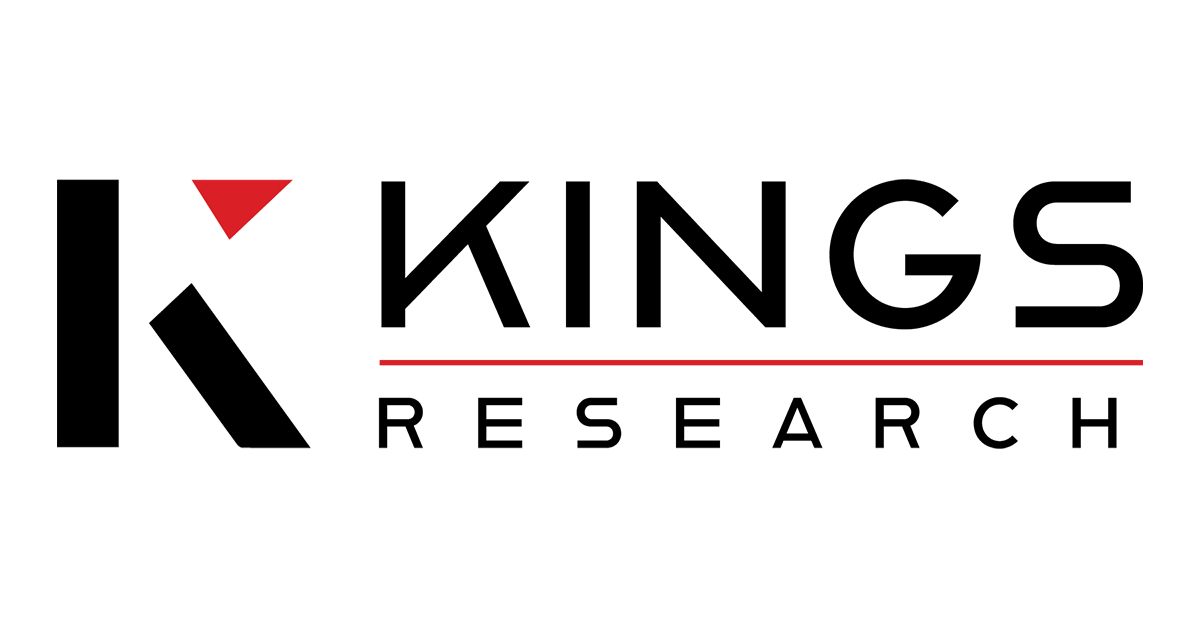The global platinum powder market, valued at USD 51.9 million in 2022, is projected to reach USD 84.4 million by 2030, growing at a CAGR of 6.41%, according to the latest report by Kings Research. This growth is driven by increasing demand across various industrial sectors, notably in catalytic converters, fuel cells, and electronics, owing to platinum’s exceptional catalytic activity and corrosion resistance.
Key Growth Drivers:
- Automotive Industry Shift: The automotive industry's transition towards environmentally friendly technologies and stricter emissions regulations has significantly bolstered the demand for platinum in catalytic converters. Platinum's role in reducing harmful emissions is crucial, and this trend is anticipated to continue, reflecting positively on market growth.
- Renewable Energy Sector: The burgeoning renewable energy sector, particularly hydrogen fuel cells, presents substantial opportunities. Platinum powder is essential in catalyzing clean energy technologies, promoting sustainability and supporting global emissions reduction targets.
- Medical Applications: Platinum's application in the medical field, particularly in chemotherapy and other pharmaceutical uses, is expanding. Ongoing research into new therapeutic uses of platinum-based drugs is expected to further drive market growth.
Challenges:
Despite the positive outlook, the high cost of platinum poses a challenge. As a rare and precious metal, the extraction and refinement processes are resource-intensive, leading to elevated prices. Additionally, geopolitical uncertainties and trade restrictions could impact the supply chain, causing fluctuations in availability and pricing.
Market Segmentation:
By Product Type:
- Sponge Platinum Powder: Dominates the market with the highest valuation of USD 29.8 million in 2022 due to its superior purity and catalytic properties.
- Chemical Precipitation Platinum Powder
- Electrolytic Platinum Powder
By Purity:
- High Purity: Expected to lead with a CAGR of 6.94% due to its critical application in industries like aerospace, defense, and medical.
- Standard Purity
By Particle Size:
- Microparticles: Predicted to hold the highest valuation of USD 45.9 million by 2030 due to their versatility in various applications.
- Submicron Particles
- Nanoparticles
- Macroscopic Particles
By Application:
- Catalysts: Holds a significant 83.30% market share in 2022, driven by applications in automotive, petrochemical processes, and renewable energy.
- Jewelry & Personal Care
- Glass Manufacturing
- Chemical Processing
- Electronics
- Medical Devices
- Others
Regional Insights:
- Europe: Leading the market in 2022 with a valuation of USD 43.0 million, driven by stringent emissions regulations and investments in renewable energy.
- Asia-Pacific: Exhibiting the highest growth rate with a CAGR of 6.17%, attributed to rapid industrialization, expanding automotive sector, and adoption of clean energy technologies.
Competitive Landscape:
The market is fragmented, with key players focusing on strategic initiatives such as partnerships, mergers, acquisitions, product innovations, and joint ventures to expand their product portfolio and market presence. Prominent companies include:
- Johnson Matthey
- Heraeus Holding
- Tanaka Holdings
- Sino-Platinum Metals Co., Ltd.
- Anglo American Platinum Limited
- American Elements
- Umicore
- Triveni Interchem Pvt. Ltd.
- Materion Corporation
- BASF SE
Recent Developments:
In May 2021, PPG introduced Coraflon platinum powder coatings for architectural metals, emphasizing durability, weather resistance, and color retention for exterior applications. This product launch highlights the ongoing innovation within the market.
Future Outlook:
The platinum powder market is set to witness significant trends, including increased research and development for improving efficiency and cost-effectiveness. Sustainability concerns will drive demand, especially in the automotive and renewable energy sectors. Additionally, market players are expected to enhance recycling and refining processes to stabilize the supply chain and ensure consistent availability.
For more information, visit Kings Research.





Comments